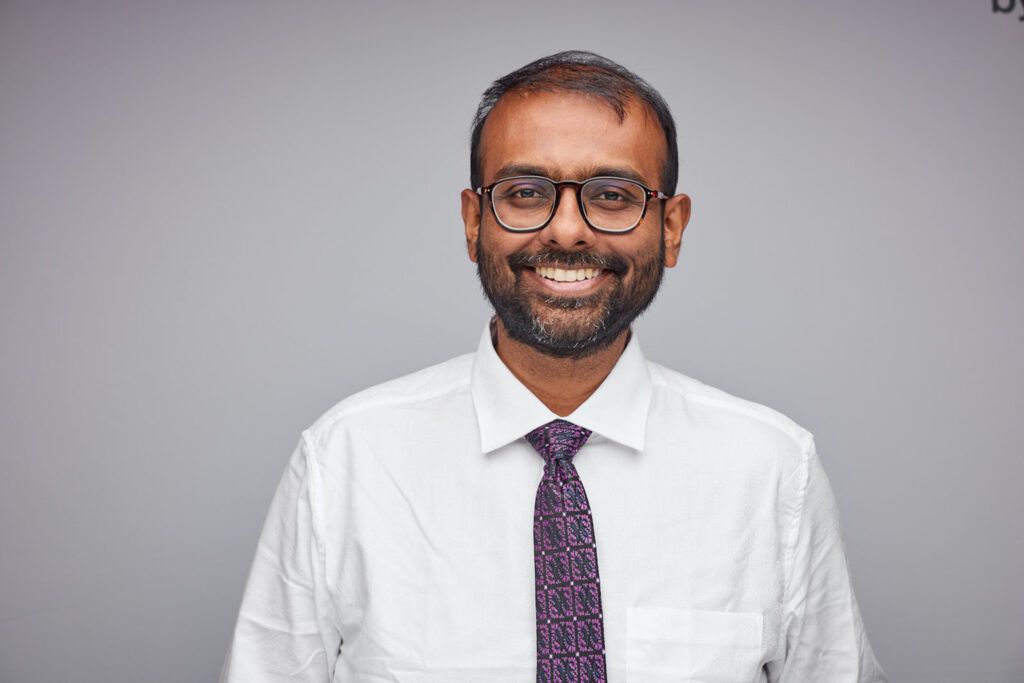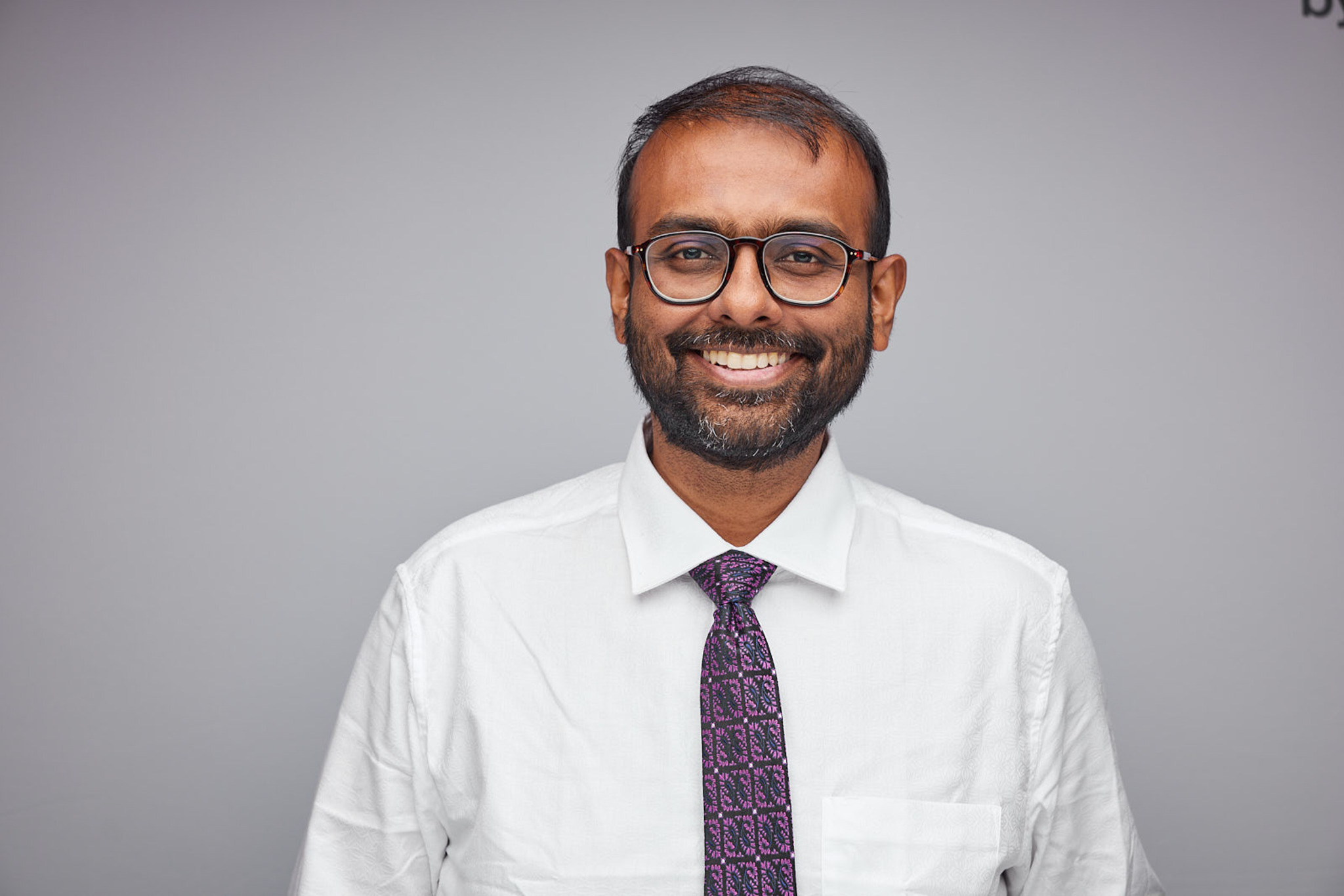“It seems difficult for India to achieve universal health coverage as per its stated sustainable development goals (SDGs) by 2030,” says Dr Biswanath Ghosh Dastidar
The potential of telemedicine as a technology based alternative to achieve universal healthcare as part of its SDG commitments needs serious consideration.

India’s healthcare expenditure is consistently amongst the world’s lowest at 1.84% of the gross domestic product (GDP) as of 2024. Scant quality healthcare infrastructure in rural and urban outposts imply that a significant portion of the population have restricted access to healthcare when they need it and where they need it.
The scarcity of healthcare infrastructure in remote villages often necessitates travel for nearly a day or more to access primary care from qualified providers. Based on current realities, it seems difficult for India to achieve universal health coverage (UHC) as per its stated sustainable development goals (SDGs) by 2030.
Remarkably, India has some of the lowest data costs globally and fast growing internet connectivity with over 751.5 million active internet users, the second highest in the world. In this setting, the potential of telemedicine as a technology based alternative to achieve universal healthcare as part of its SDG commitments needs serious consideration.
It has been reported already that the effectiveness of telemedicine to provide appropriate healthcare can be equal or superior to traditional care in some settings. To achieve UHC, tele-healthcare delivery be integrated within current traditional care pathways as the first default point of contact between a patient and a healthcare provider before further triage and referral for in-person care.
Due to the lack of adequate healthcare facilities in isolated communities, it is necessary to travel for almost a day or more in order to receive primary care from trained professionals.
However, India is well-positioned to adopt virtual care strategies. At policy level, the Telemedicine Practise Guidelines published in 2020 provides comprehensive resource and medicolegal framework. At an infrastructural level, the Ayushman Bharat Digital Mission launched in 2021 has established a reasonably effective digital ecosystem to enable medical data access and sharing. Finally, at an implementation level, India’s free-to-use National Telemedicine Service, eSanjeevani, facilitates real-time tele-consultations between patients at a primary health facility or ‘Spoke’ and a doctor at a tertiary facility or ‘Hub’, mediated by health-workers at the Spokes who make the referrals.
On paper, eSanjeevani seems like a resounding success with over 276 million consultations till August 2024. However, there have been recent reports of dropping patient footfall and forced ‘targets’ being assigned to healthcare workers by authorities in terms of number of phone calls to be compulsorily made per day, which have raised questions about the potential of eSanjeevani to bridge service provision gaps in India. Serious questions have been raised on the effectiveness of this pan-India initiative in studies evaluating its effectiveness nationally.
In a recent Lancet paper fundamental deficiencies came to fore in the design of the eSanjeevani pathway, referral protocols, staffing, and training of healthcare workers which lead to inappropriate and sub-optimal referrals resulting in unsatisfactory consultations.
A majority of consultation requests are inappropriately directed to specialists of a different discipline who, ideally, should not be treating these conditions referred to them to ensure patient safety and in conformity with medicolegal guidelines. Moreover, many referrals are, indeed, suitable for initial triage and handling by general practitioners (GP). Although, they are supposed to be part of the eSanjeevani chain of referral, these calls are predominantly placed to specialists and sub-specialists, directly by non-medical health-workers, raising questions about whether GPs are at all serving on the eSanjeevani.
An overwhelming majority of consultation requests on the eSanjeevani are in the form of written requests that provide threadbare patient details, avoiding the use of video or audio calls as originally intended, which would provide some opportunity to specialists at the Hub to speak to patients directly and conduct at least a cursory examination.
These deficiencies lead to a majority of patients on the eSanjeevani not deriving actual benefit for their troubles of visiting a primary referring health centre and waiting to be connected to a specialist physician at the telemedicine hubs.
It seems clear that health-workers at the Spokes who are tasked with the initial screening and triage of patients followed by referral to Hub physicians have little to no training in the triage and referral process. This must be urgently instituted and based on robust standard operating protocols (SOPs) developed in consultation with GPs, specialists, nurses, public health specialists and health policy experts.
GPs should be inducted into the referral chain in order to ensure cost-effective utilisation of time and resources at every level within the platform. Mechanisms must be instituted to facilitate immediate re-referral of patients following an inappropriate consultation request, whether originating from a health-worker or a GP. Feedback channels must be established for continuous learning and improvement of the health-workers based on advice from GPs and specialists.
Regular audit and review cycles are necessary to evaluate competencies and performances. Such evaluation must be based on a thorough inquiry into actual patient benefit derived from a consultation rather than simply counting number of consultations the system has facilitated over any given duration as is currently practised, if the eSanjeevani is to realise its potential as a transformative tool towards providing sustainable universal health coverage to India’s population.

